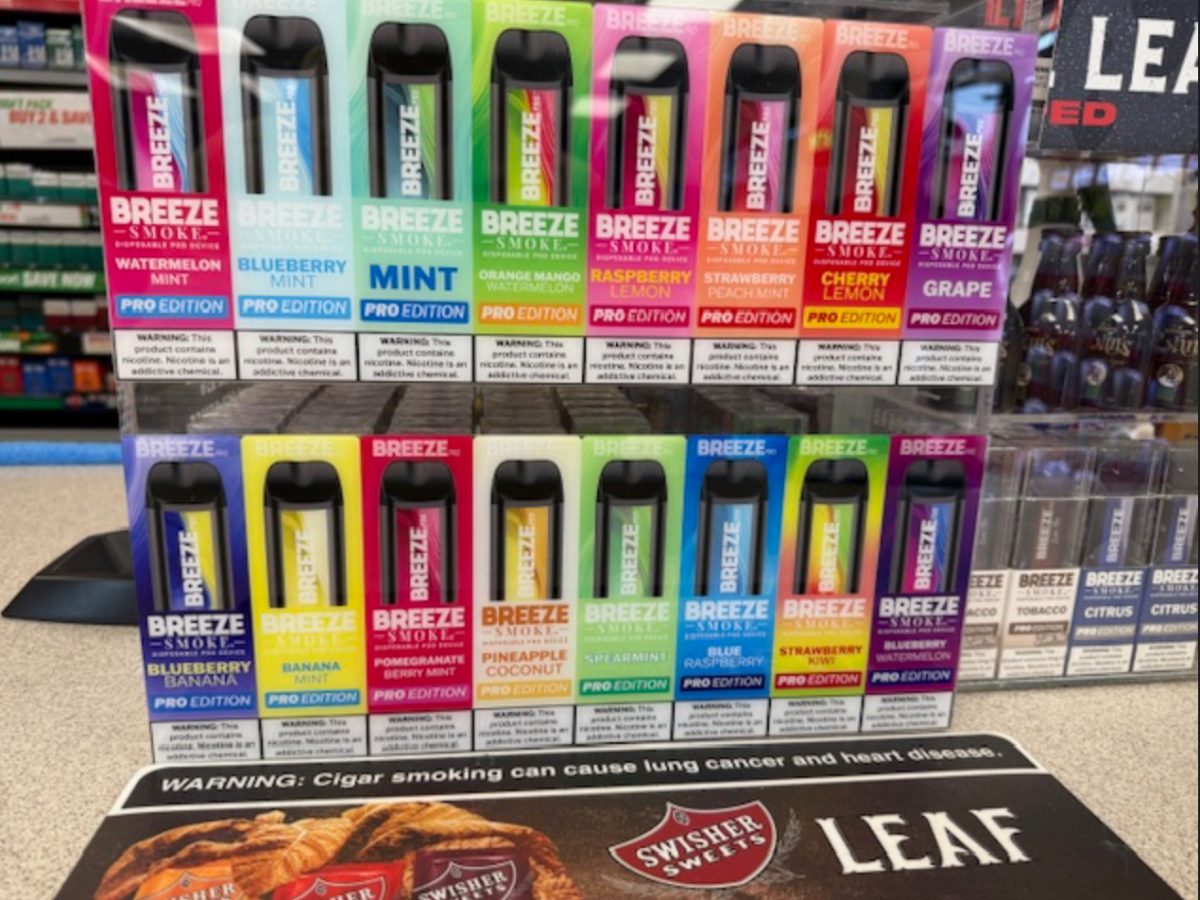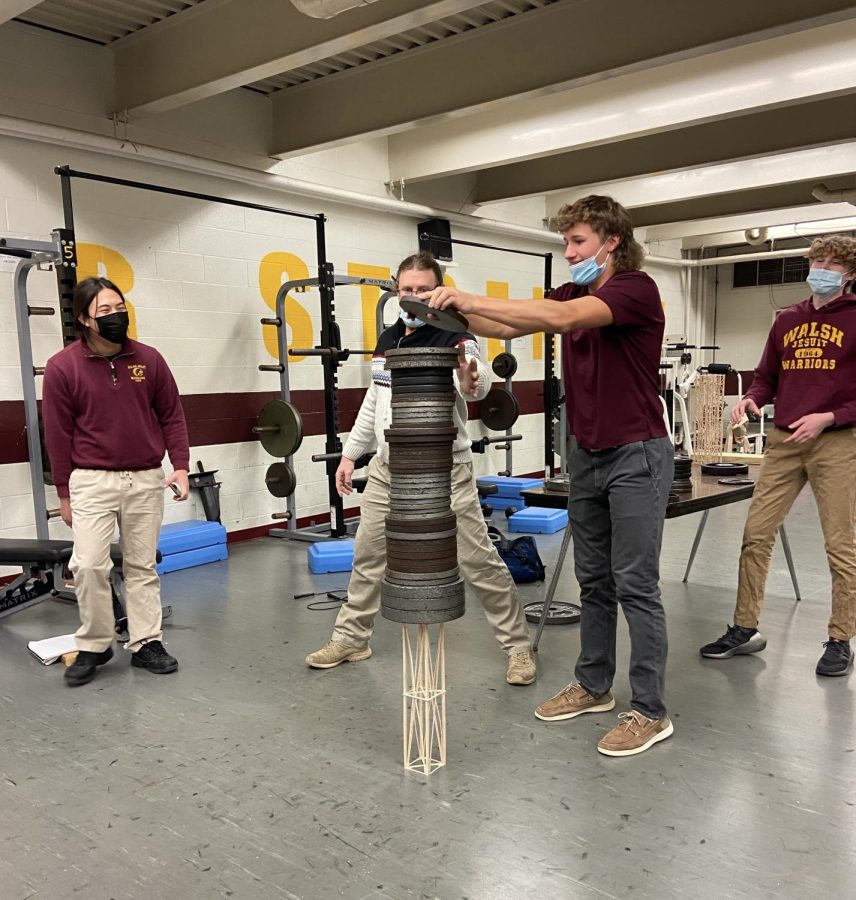Creme brulee. Lemon. Mango. Mint. Yummy milkshake flavors, right? In fact, these are “flavors” of e-cigarettes, also known as vapes, once marketed to teens. Several years ago the Federal Trade Commission banned e-cigarette manufacturers from using enticing ads aimed at getting youths hooked on their products.
E-cigarette use has decreased from 2.13 million in 2023 to 1.63 million in 2024 among high school and middle school students, according to a survey by the U.S Centers for Disease Control and Prevention (CDC). This is almost a third of what it was in 2019 when e-cigarette use was at its peak with 5 million. High school students account for most of this decline, dropping from 1.56 million to 1.21 million.
At the start of the 2023-2024 school year at Walsh Jesuit, vape detectors were placed in the student bathrooms as a deterrent to prevent students from vaping at school. When the vape detectors are set off, an alert is sent to administration.
According to Mr. Rardin, the Assistant Principal for Discipline and Safety, the number of alerts received has dropped significantly since the start of 2023-2024 school year.
Junior Sam Moore said his reason for not vaping, is that he “never thought it was good for you.” Sam expressed the view of most WJ students who were interviewed.
Several athletes also have concerns about breathing issues. According to the American Lung Association, e-cigarettes contain a substance known as acrolein which can cause lung injury and lead to asthma and lung cancer.
Junior Kyleigh Burke plays a sport so does not vape because she is worried about having breathing problems. A freshman male who preferred not to be named, agreed, saying, “It’s really bad for you. It’s not good for athletics because it gives you trouble breathing.”
The CDC found that “the most common reason U.S middle and high school students give for trying an e-cigarette is that a friend used them.” A junior girl at Walsh Jesuit said that she has friends that vape, and they have offered it to her. However, she has never accepted it because she is worried about the health issues that come with it.
Most e-cigarettes have nicotine, a highly addictive substance. A WJ freshman who has never vaped before stated that addiction runs in her family, and she is worried that she may become addicted if she tries it.
Ms. Jamie Neal, Walsh Jesuit health teacher, presents a unit on addiction in her health class. She mentioned that she has shifted the focus from cigarettes to e-cigarettes over the past couple of years to teach about the harm that they can cause.
“I am not trying to scare them, but to warn them and show them that it looks bad,” said Ms. Neal. She emphasized how social media makes using e-cigarettes seem cooler than it is.
The CDC, in fact, notes, “Tobacco companies use the same advertising themes and tactics that have been shown to increase youth initiation of cigarettes and other tobacco products.”
Social media also plays a role in teen use of e-cigarettes. In 2021, 74% of middle and high schoolers that use social media had seen content related to e-cigarettes.








William Anderson • Oct 25, 2024 at 2:33 pm
This article comes as a shock to me. The shocking part of this article is that it states E-cigarette use has decreased from 2023 to 2025. The reason that this comes as a shock is because inside and outside of Walsh I still see a lot of people vaping.